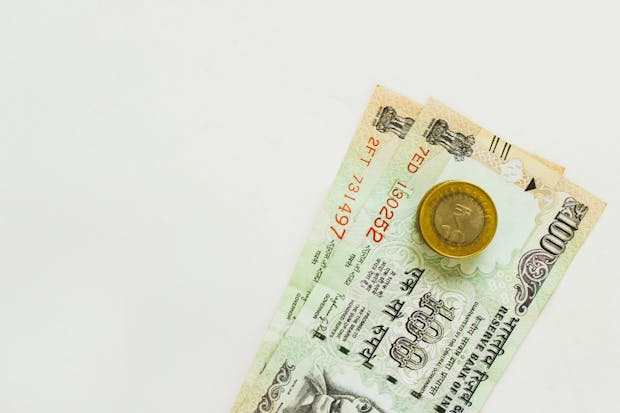can the stock market rally go on?

can the stock market rally go on?
can the stock market rally go on?
stock markets are booming across the globe. benchmark indices in most major economies such as the US, the UK, France, Japan, and India are around their lifetime highs. in India, the Sensex recently scaled the 58,000-point mark for the first time ever.it has grown by 50% since last September, and more than doubled from its sub-28,000 low in April 2020 following the outbreak of Covid-19.
but at the same time, India’s GDP has been hit by the lockdowns and other measures to contain the pandemic. urban unemployment continues to be a major issue, staying in the double-digit percentages for three straight quarters. there’s a growing concern that the markets may be overvalued. so, are we in a speculative bubble?
warning signs
there’s a certain metric that is often used to answer that question. It’s the ratio of a nation’s total stock market capitalisation to its GDP, known as the Buffett Indicator. historically, the Buffett Indicator value for India has hovered around 0.8 or 80%. but at present, it’s around 104%. the last time it rose above 100% was in FY08, just before the global financial crisis.
further, another metric that’s commonly used to estimate valuations is at the higher end of the spectrum. the price-to-earnings or P/E ratio is derived by dividing a company’s stock price by its net earnings per share. a healthy value depends on the industry. a company in a fast-growth sector such as IT or with high potential for growth such as Biotechnology will usually have a higher P/E ratio.
but at present, P/E ratios are high across the board. infoedge, known best for its early investment in Zomato, could soon become the first Nifty stock to hit a P/E ratio of 100. in simple terms, it means investors are presently valuing the company at 100 times its current true value.
the flipside
the Buffett Indicator works best for efficient/formalised economies. this refers to a situation where most businesses are publicly listed, have clear structures, and publish transparent reports on the happenings — good, bad, and ugly. but a large number of businesses in India are traditionally family-owned and/or private. that is now changing, with businesses taking to the public markets in droves in what is set to be a record year.
the amount of money raised by IPOs in India until mid-August 2021 ($8.8 billion) exceeded the total of the previous three years combined. that’s with unicorns like Nykaa, Ola, Paytm,Oyo, and more yet to come. naturally the stock market capitalisation is bound to go up, and therefore the Buffett Indicator value goes up.
at present, the GDP is also lower than it was pre-Covid, but is showing strong signs of recovery. it grew at a record pace of 20.1% in Q1 FY22. as it increases, the Buffett Indicator starts to drop closer to historical averages. thus, as NYU professor and renowned valuation expert Aswath Damodaran states, it might not be the best gauge for the present Indian scenario.
similarly, the P/E ratios are also high for many businesses because their earnings (profit) dropped due to Covid. they are likely to recover along with the economy, bringing the ratio closer to usual levels. therefore, valuations in the Indian market might be optimistic in assuming that things will get back on track without any glitches, but not overvalued.
hawkish Federal Reserve
beyond all of this, there’s one elephant in the room that needs to be addressed: inflation. this is a global issue which is the natural consequence of an unprecedented amount of stimulus being pumped into the economy. the US Fed printed trillions of dollars virtually out of thin air. Many other nations, including India, unveiled mega-packages to help people cope with the pandemic and businesses get back on their feet. when money becomes easier to come by, people are willing to pay more for things, and they get more expensive.
but now the US Fed is set to taper the stimulus to counter these rising prices. it will also increase government bond rates, offering better and guaranteed returns to those investing in them. when bond rates go up, capital gets diverted into them, and markets drop. this is a countermeasure against a high proportion of speculative bets, bringing more stability to the economy.
dovish RBI
in India, the RBI believes that this inflation is transitory i.e. things will stop getting more expensive soon. thus, it may not act as soon as the US Fed, and allow interest rates to remain low for longer. this could see more foreign capital flow into the Indian market.
furthermore, there are few alternate avenues of investment that are more attractive than the equities market. India’s traditional favourite, the fixed deposit, doesn’t even offer sufficient returns to beat inflation now. real estate valuations are just as optimistic as stocks. cryptocurrencies are volatile and require a high risk-appetite. commodities such as Gold may be a viable option, but returns are unlikely to match that of the stock markets.
thus, Indians are likely to keep investing in the stock market for the foreseeable future. it’s just a question of doing one’s homework and finding good businesses whose stocks are at or below a fair valuation.



